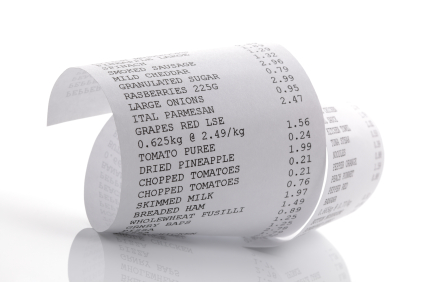By Adam Baley
A client called recently and was bemoaning the rising cost of her grocery, gasoline and medical bills. For her, food and energy represent the core of monthly expenses.
An avid reader of the newspaper, she noticed the Federal Reserve doesn’t view inflation the same way she does. “Why does the government focus on an inflation gauge that ignores the cost of food and energy?” she asked.
When it comes to economic decisions, the Fed pays close attention to “core inflation,” which strips out the cost of food and energy.
Her question points out a disconnect between what consumers see as core to their budget and what the government sees as core to the economy. This departure has raised criticism that central bankers are out of touch with consumers.
The Bureau of Labor Statistics (BLS) reported recently that producer costs surged 1.6% in the month of February. Strong contributors to February’s wholesale inflation were, not surprisingly, food and energy, up 3.9% and 3.3%, respectively. When food and energy expenses were taken out, the core producer inflation for the month was a modest 0.2%.
Conventional wisdom says rising producer costs eventually lead to higher prices for consumers.
In February, consumers, too, experienced rising prices. The BLS reported consumer headline inflation was up 0.5% for the month, including increases for food, up 0.6% and energy, up 3.4%. When the cost of food and energy are taken out, however, core inflation for February was a more subdued 0.2%.
The BLS strips out food and energy costs because they’re volatile. A patch of bad weather or an unexpected crop report can cause prices of food and energy to swing wildly from month to month. While food and energy are essential to our own budgets, the rapidly changing prices could mislead economists into unwise policy decisions.
The Federal Reserve focuses on core inflation because long-term policy decisions cannot be made based on short-term volatile indicators. Historically, the core number has been a more accurate predictor of inflation over longer periods.
Month to month, the volatile food and energy costs can cause big gaps between the headline and core inflation rates. But over the long run, they even out. The 50-year 12-month average for both is 4.0%.
Prices at the grocery store and the gas pump might be rising, but the core inflation number reminds us that the economy is still fragile and that wide-spread inflation may be years away.
What’s true for our nation’s economic decisions is also true for your investment decisions. Don’t make long-term investment decisions based on short-term noise. View the monthly news like the Fed, and take it with a grain of salt.
Adam Baley is an associate at Landaas & Company.
initially posted March 22, 2011
